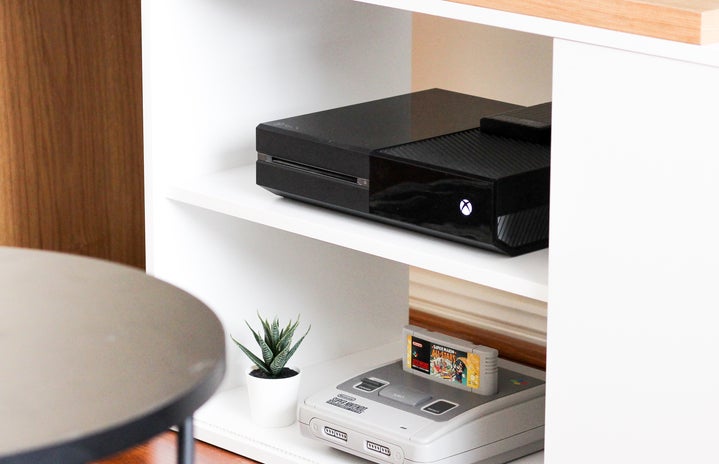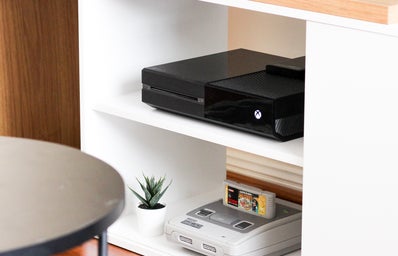Currently, the Smash Ultimate metagame is extremely fresh and, predictably, unstable. Players worldwide have been exploring their favorite characters cast-wide. So far, most of what we (and I, tentative pat on the shoulder) have predicted has been coming to fruition, but there are a few things worth mentioning that have surprised some people.
Starting off with the masked swordsman himself, Meta Knight.
Now, to offer some context, Meta Knight in Brawl was by far the best character in the game, and it wasn’t even slightly close. Meta Knight dominated scenes everywhere, stemming from local to regional to national and even to worldwide tournaments. Out of 42 national tournaments in North America held from Brawl’s inception in 2007 to 2012, before Meta Knight became banned, Meta Knight won 41 of them, coming in 2nd place to the young Zero Suit Samus main Salem in Evo of 2011. Why was this? It wasn’t completely because Meta Knight was overpowered, per se. Meta Knight’s tangibles were far superior to anyone else’s, with near-perfect frames, excellent low % utility, multiple frame traps and a great pressure/anti pressure game. But in reality, the biggest reason why Brawl Meta Knight was viewed as being problematically overpowered is because an extremely large portion of the Brawl cast was just terrible. On a cast of 50+ characters, maybe seven of them were actually usable. Sure, the whole “character’s viability is judged by how they fare against Meta Knight” mantra came into play, but that wouldn’t have been a thing if the cast as a whole was better, to limit Meta Knight’s omniscience. There were five characters who could actually fight Meta Knight without being at a ridiculously severe disadvantage: Diddy Kong, Falco, Snake, Wolf and Fox. Anyone else would be at such a massive disadvantage that they would pretty much lose the fight before it even began. This can be attributed to the game’s mechanics; combos didn’t really exist (except for, gee, Meta Knight’s combos), tripping hindered a character in neutral greatly (except for, surprisingly, Meta Knight, who didn’t rely on dashing as a movement at all) and ledge hogging was still a thing to heavily disrupt recoveries (except for Meta Knight, whose recovery options were and always have been stellar to offset this easily). This created a largely stale, chain grab heavy metagame where Meta Knight was practically the only ‘good’ character. Oh, did I mention that Meta Knight was immune to chain grabs, thanks to being too small to get hit by them? The perfect storm led to Meta Knight getting out of control. It wasn’t Meta Knight all by himself.
Connecting Brawl MK to a modern day context, Meta Knight’s Mach Tornado, one of his best moves in Brawl, turned into one of his worst in Smash 4, now seems to once again be an integral part of his moveset in Smash Ultimate. Curiously, where his tornado was great in Brawl not for its power, but for its longevity, speed, and damage dealing, it seems to somewhat be the opposite; Meta Knight’s Tornado has terrifying kill power, but not much longevity and middling speed. The result? People worldwide, calling for his ban, complaining for how overpowered he is. The uproar has been fantastic. Let’s bookmark that while I cover another late Smash 4 great…
Of course, I’m referring to Bayonetta, the Umbra Witch and the scourge of Smash 4. Hated by many, Bayonetta’s core kit returns to Smash Ultimate. Many of her flashy zero-to-death combos have dissipated, but many of the same things that also angered players, such as Witch Time, Bats Within and, of course, Witch Twist, remain. We also know Bayonetta is still quite capable of executing her infamous ladder combo, best in the game by far, and deadliest kill confirm, debatably, in all of Smash history. With Bayonetta, a combination of game and character mechanics led to the animosity she attracted. As previously mentioned, things like Bayonetta fair-ing you to death at 10% off stage or Witch Timing you at the edge and killing you at 0% seem to be gone. However, the character is still a lock for the top 10, should end up at least in the top five and could still yet compete for the best character in the game.
Now why would any of that returning to a modern day edition of the game be a good thing? Well, that question is easier to answer than you think. While the literal straight translation of Brawl Meta Knight to today’s Meta Knight doesn’t seem to be in the cards, in the event that it was, the cast is much more suitably equipped to deal with it than it was in Brawl. Remember: while Brawl MK had kill setups, he had nothing that was a kill confirm. Thing is, the cast in Brawl was mostly so awful that these setups were easy to land, and gave the illusion that Meta Knight was good at killing. In Ultimate, this would not be the case; MK would be a great character because of how straight up fast he was in Brawl, frame and mobile wise, but he would have such a hard time killing that he would be a manageable character in Ultimate. Bayonetta, meanwhile, has been watered down in Ultimate, but I have to wonder if that was truly necessary. First off, Bayonetta is still going to be very, very good to begin with. She still retains the best parts about her from Smash 4; having such a great disadvantage state that it can hardly even be considered a ‘disadvantage state’, having excellent kill options, and being really fast. Enter new characters, such as the Belmonts, a Young Link better than ever before and a Pikachu better than ever before, and Bayonetta would already be getting a healthy, new amount of counterplay that would’ve by itself kept her more in check than Smash 4 did.
Finally, the mantra behind Smash Ultimate is that ‘Everyone’s here!’ Would this sentiment have been even more powerful with the return of Smash franchise behemoths, as they were? Adapted to the new game’s mechanics, of course. Not just Brawl Meta Knight or Smash 4 Bayonetta, how about Smash 64 Kirby? Melee Fox/Falco (with waveshining and all that entails from their Melee iterations)? Brawl King Dedede (with his chain grabbing)? If Brawl MK and Smash 4 Bayonetta, the notoriously most hated, debatably most powerful characters in the game’s history could be contained by the new game, why couldn’t anyone else be? We don’t have to stop there. Nintendo has had a murky history with its competitive fanbase, but imagine a Smash game where all the combatants got back anything they had from the past that was at its best? We could still keep revamped Ultimate characters. Ike is a character who has never been very good. He’s due to be better than ever in Ultimate, and he could stay that way, for example.
The concept of “Power creep” in competitive gaming is a concept that active participants in a metagame will get better and better as time goes on, and with that, the standard of being ‘good’ rises. We see this a lot in Pokemon primarily, but what I’m alluding to would be a great way Nintendo could incorporate power creeping in Smash. If everyone was good and usable, we would still have a hierarchy and there would still be a list of ‘worst’ characters, but in such a scenario, even the ‘worst’ characters would be viable! Imagine being a King Dedede or Bowser Jr main and actually having a chance at defeating a similarly skilled Bayonetta main! Diversity within Smash would be at all time highs, participation at tournament scenes at all levels would be stimulated, and in general, the shelf life of Smash Ultimate’s dominance over modern gaming would be strengthened and extended from what it has been in the past. Casual players who want to play their character rather than conform with the metagame have been dissuaded from joining the competitive scene and, with a new system like this, this would largely come to an end.
For all the reasons listed above, Brawl MK and Smash 4 Bayonetta would not only be good for the new game, but would thrive in a game that would adopt mechanics similar to theirs for all of its characters. This new line of thinking would benefit virtually every character in the cast and, in essence, the entire cast would receive a “buff.” What’s not to like about that?


